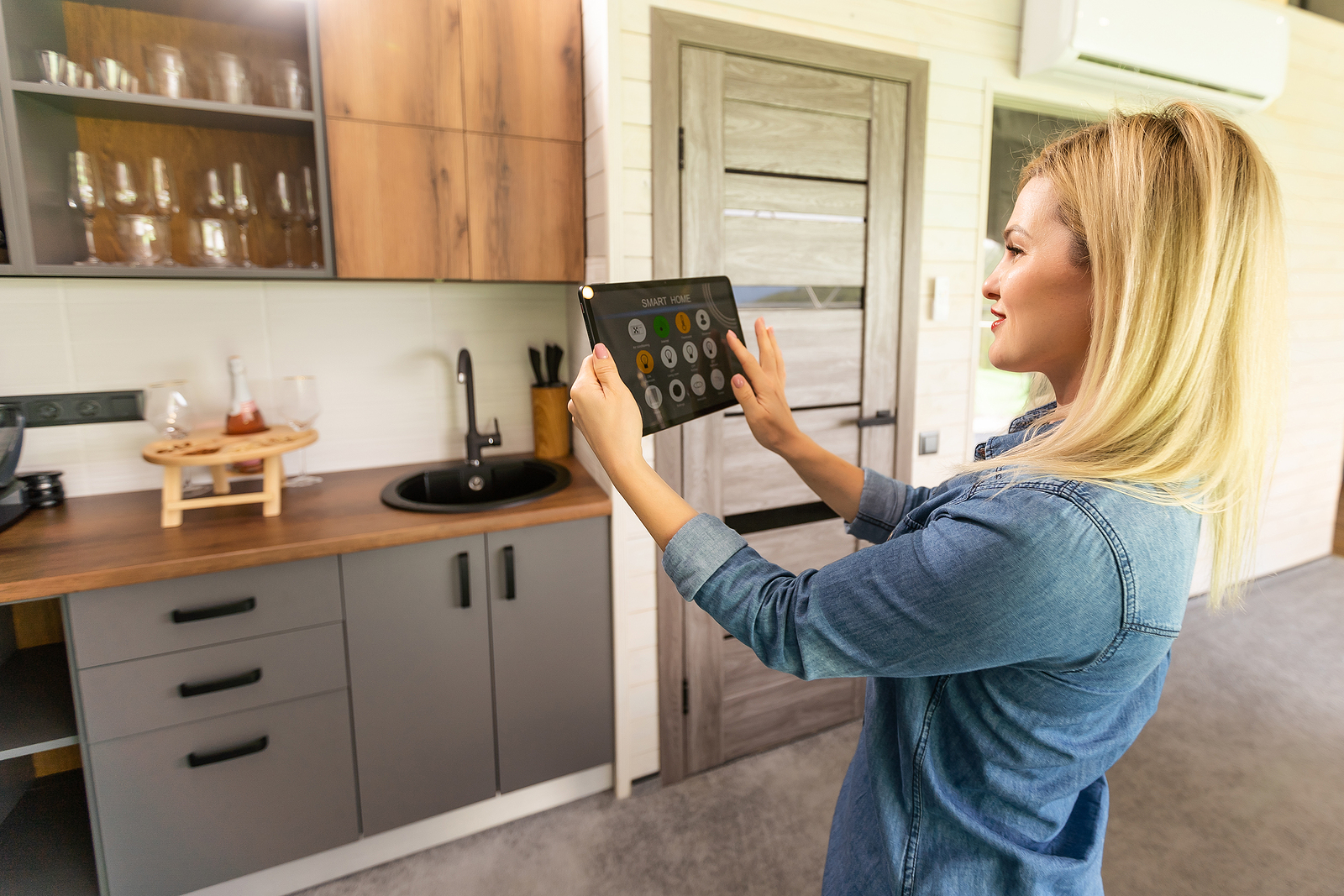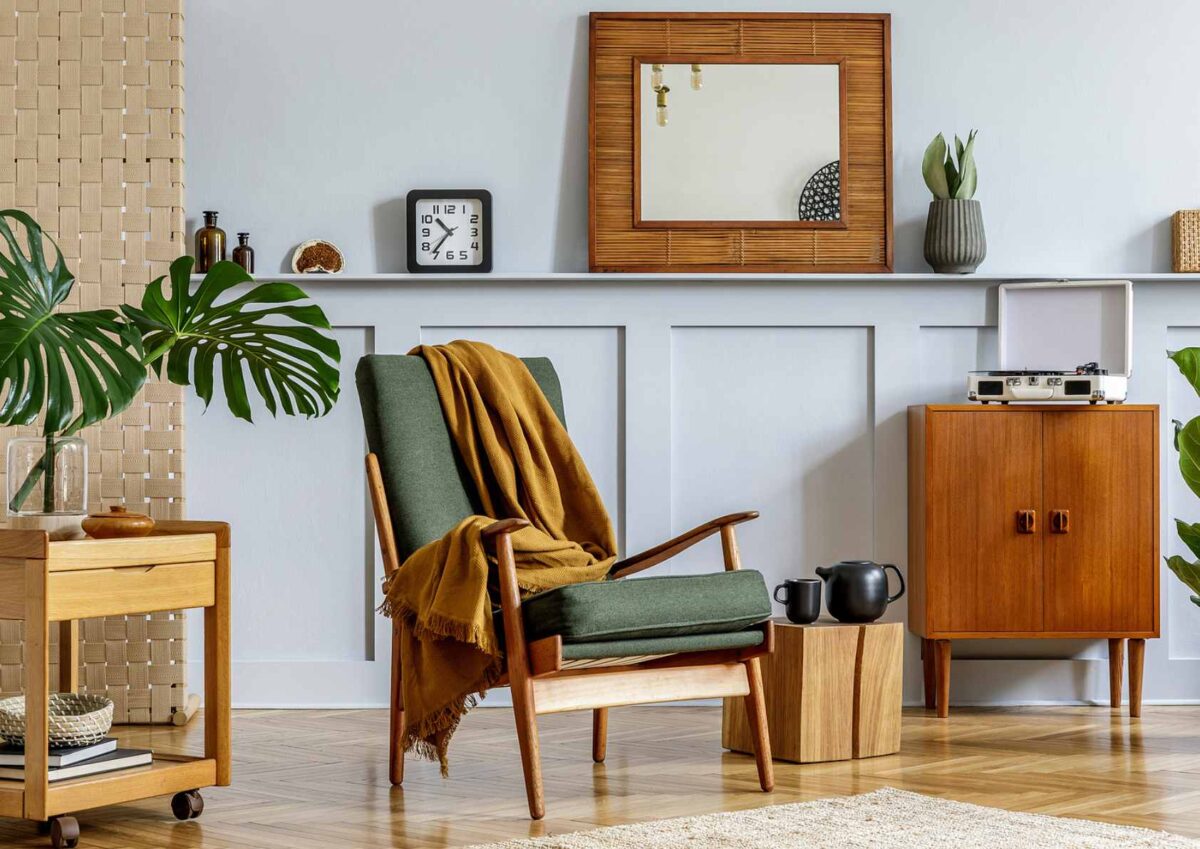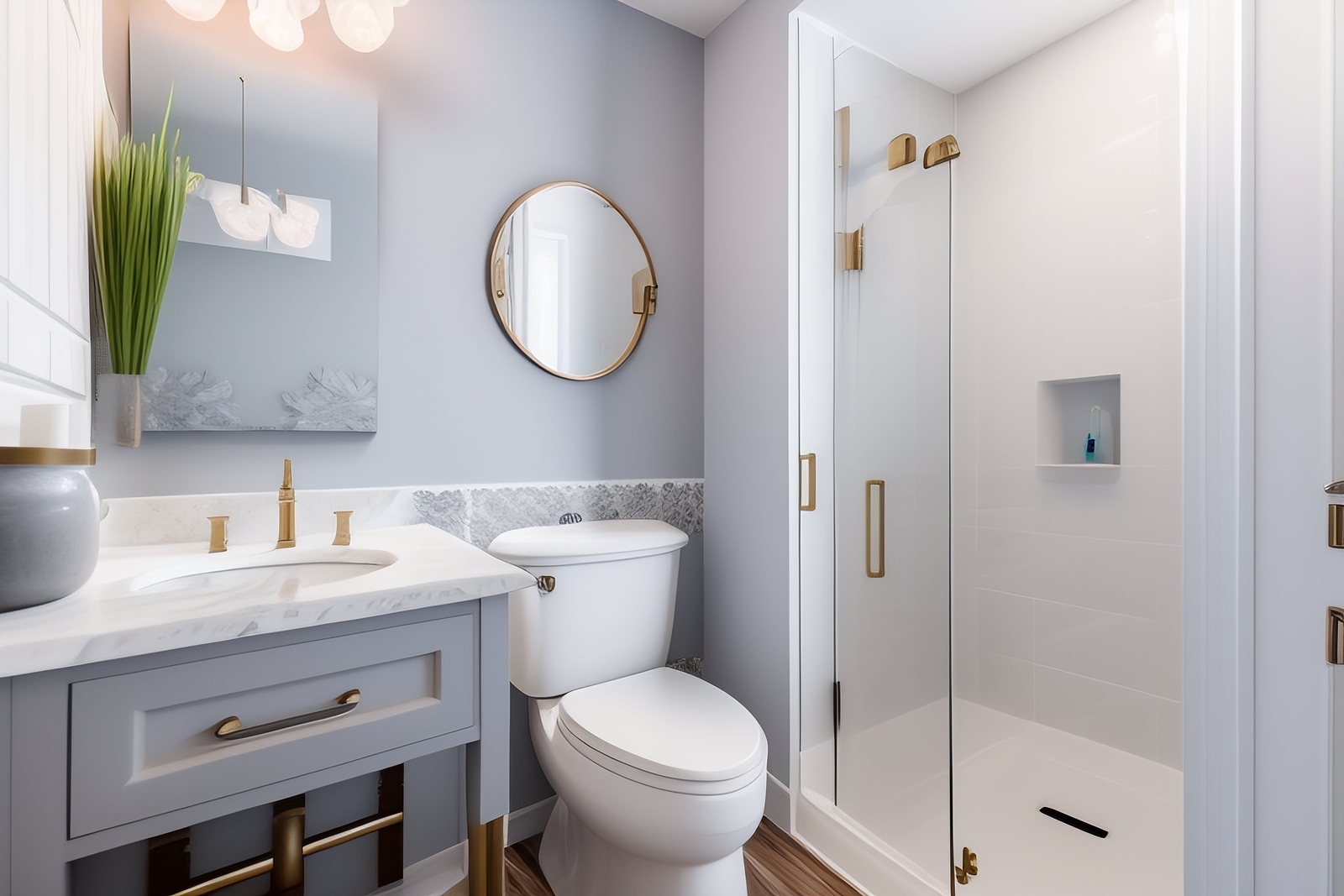Introduction
Fall brings cooler evenings, changing leaves, and a shift in what homebuyers want most. From cozy fire pits to front porches perfect for sipping cider, seasonal features often influence what makes a house feel like home. If you’ve been keeping an eye on current real estate trends, you’ll notice that autumn sparks renewed interest in lifestyle-driven spaces. In this post, we’ll explore why football-ready living rooms, outdoor gathering spots, and porch appeal are high on buyers’ lists this season.
Football Season Sparks Living Room Upgrades
For many, fall means football, and that translates into homes with spaces ideal for entertaining. Buyers love open-concept living rooms with room for large TVs, sectional sofas, and snack tables.
Sellers highlighting these features often find their listings resonate more this time of year. Whether it’s a basement game room or a main living area with plenty of seating, these spaces give buyers a vision of weekends filled with family, friends, and touchdowns. This trend reflects how current real estate trends are increasingly lifestyle-focused, tying home design to seasonal habits.
Fire Pits Create Year-Round Gathering Spaces
There’s nothing quite like a crackling fire on a crisp evening. Outdoor fire pits have grown from a “nice-to-have” to a near-essential feature for many buyers. Not only do they extend outdoor living into fall and winter, but they also create a built-in space for hosting neighbors and friends. Homes with backyard amenities like built-in stone pits, outdoor kitchens, or even portable fire setups tend to photograph well in listings, creating instant curb appeal. More than a decorative element, fire pits align with current real estate trends, where outdoor spaces play as big a role as indoor layouts.
Front Porches Bring Back Neighborhood Charm
The front porch has made a comeback, serving as both a functional and nostalgic home feature. Buyers are drawn to porches for their charm, versatility, and sense of connection to the neighborhood. From rocking chairs to seasonal décor, porches add character that’s hard to replicate with newer builds.
Real estate agents often highlight these spaces in listing photos because they immediately spark a feeling of warmth and welcome. With fall’s pumpkins, wreaths, and cozy seating, porches perfectly showcase the lifestyle today’s buyers are craving, fitting neatly into current real estate trends that celebrate community and comfort.
Why Fall Features Sell Homes Faster
It’s no secret that homes reflecting seasonal buyer preferences tend to move quicker on the market. A living room staged for game day, a glowing fire pit in the backyard, or a porch dressed for autumn can all play a role in attracting offers. Buyers want to imagine themselves celebrating the season in their future home, and these touches make that vision a tangible reality. By tuning into these lifestyle-driven preferences, both sellers and agents can capitalize on fall’s unique selling opportunities while staying aligned with current real estate trends.
Conclusion
From football-ready spaces to cozy outdoor fire pits and inviting front porches, fall features are at the top of buyers’ wish lists this season. Sellers who showcase these details can better connect with what today’s buyers want most: a home that fits their lifestyle. As the market continues to evolve, one thing remains constant: real estate is about more than just square footage; it’s about creating spaces where life’s best moments unfold.
































